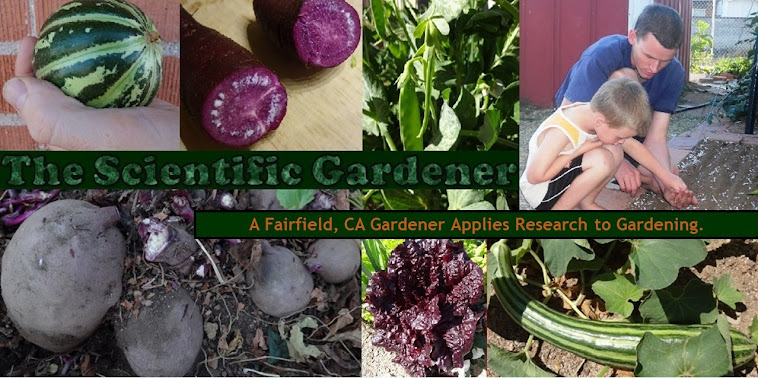The book Seed to Seed is written by Suzanne Ashworth in collaboration with the Seed Saver’s Exchange. The first part of the book is a wonderful read that overviews the importance of seed saving, explains how botanical classification works, elaborates on pollination and flower structure, gives ideas on maintaining varietal purity as well as proper techniques for cleaning and storing seeds.
The second (larger) section of the book goes over all the major vegetable families and gives information about many common and rare vegetable varieties. Each plant section contains an introduction to the plant, its botanical classification, a section on pollination crossing and isolation, a section on seed production harvest and processing, and seed statistics. The individual plant sections also contain recommendations from master gardeners in each region of the United States. These gardeners suggest appropriate planting dates and often elaborate on how to care for the plant in the specific area.
So, here is a little of what I learned from reading this book:
A perfect flower contains both the male and female parts of the plant in one place and is able to pollinate itself. An example of a perfect flower is a tomato flower.
| Ozark Pink Tomato Blossoms mutate in Tucson's late-summer heat |
A monoecious plant is one that has two separate flowers for male and female on the same plant. Two examples of monecious plants are melons and cucumbers.
| Cucumbers and melons exhibit monecious flowers |
A dioecious plant is one where each plant has either male or female flowers and both are needed to pollinate. An example of this is spinach.
| Dioecious female spinach requires a male spinach plant |
A self-incompatible flower is one in which requires bees or people to pollinate it, as the flower is perfect but will not form seeds if pollinated by itself. An example of a self-incompatible flower is broccoli or cauliflower.
| Brocolli flowers are self-incompatible |
Additional fun things I learned included the word “rouge”, which means to remove off-type plants and guidelines for using hot water to kill pathogen on seeds. Reading about the vegetable varieties made me eager to try out some new vegetable varieties such as the Jelly Melon.
| Seed saving is a valuable skill worth developing! |
Saving seeds from your garden can allow you to become more self-sufficient. Perhaps your local nursery won’t be as happy about you producing your own seed, but your finances will, and along the way you can develop skills that will enable you to be prepared for things to come. As I harvest my own seed my hope is that, if I had to, I could support my family from the food I grow.

No comments:
Post a Comment
Dear Gardening Friends,
I look forward to learning more about gardening with you. Your comments help me recognize that gardening is a life-long journey.
To advertisers: Note that this blog is concerned with gardening and gardening techniques. Please do not attempt to advertise here by leaving a comment. Depending upon how egregious the comment is, it may be deleted.